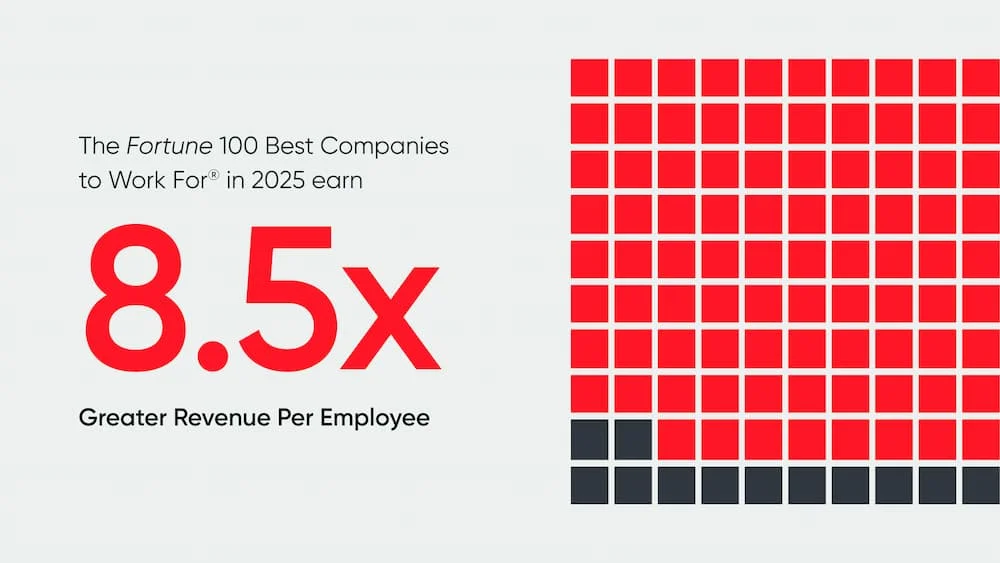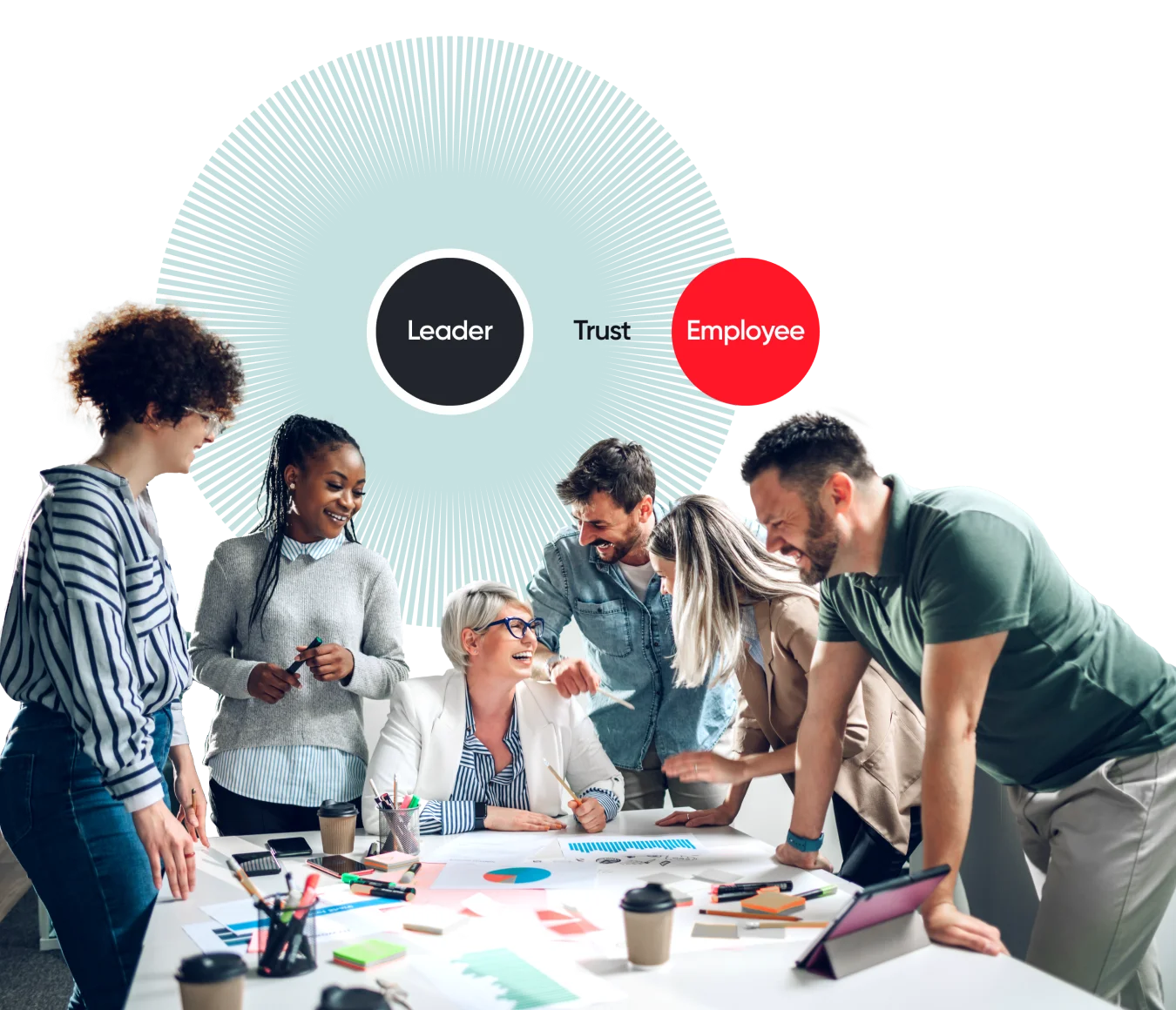Dynamic Teams are the bane of an effective workforce. To promote fair treatment and full participation, and foster diversity, equity, and inclusion (DEI), it is critical to have a framework to foster a positive and productive work environment.
Diversity, equity, and inclusion are mutually inclusive values adopted by progressive organisations globally aimed toward providing support to groups of individuals, across diverse races, ethnicities, religions, abilities, genders, and sexual orientations.
Diversity, Equity, and Inclusion (DEI) has its origin in various social justice movements, and efforts to address systemic inequalities in the society. It is important to provide a background to how these values became core to the success of organisations.
Diversity: The concept of diversity emerged in the 1960s during the civil rights movement in the United States. It sought to challenge discrimination based on race, ethnicity, gender, and other protected characteristics. The movement aimed to create equal opportunities and fair treatment for individuals from diverse backgrounds.
Equity: is focused on fairness and justice, by recognizing that individuals and groups have different needs and starting points. It emerged as a response to the limitations of equality, which assumes that treating everyone the same will lead to fairness. Equity, however, recognizes that individuals may require different levels of support or resources to reach an equal outcome.
Inclusion: Inclusion is rooted in the idea that diversity alone is not adequate; it is essential to create environments, where everyone feels welcome, respected, has a voice, and feel valued. The concept gained prominence in the 1990s with the rise of inclusive education and workplaces. The aim is to foster a sense of belonging. and ensure that individuals from diverse backgrounds can fully participate and thrive. Wherever they find themselves.
DEI has evolved over time, influenced by civil rights, feminist, disability rights movements, advocacy, and other social justice initiatives. The term "Diversity, Equity, and Inclusion" became more widely used in organizational and institutional contexts as a framework for addressing systemic inequalities and promoting equality and fairness for all individuals.
Currently, many groups, including businesses, educational institutions, nonprofits, and government agencies are embracing DEI, as a means to foster inclusive environments, reduce bias and discrimination, and leverage the benefits of diverse perspectives and experiences while creating an attractive environment for job seekers.
It continues to evolve as a dynamic field with ongoing efforts to dismantle systemic barriers and promote social justice.
It has been predicted that by the year 2025, the workforce has been estimated to consist of 75% millennials, which will continue to be another driving force for DE&I. This segment of the workforce places a high priority on diversity, with a 2016 survey reporting that 47% of millennials actively look for diversity in the workplace, meaning that diversity should also be a primary concern for organizations looking to attract the best and brightest employees.
These are some recommendations to improve Diversity, Equity, and Inclusion:
1. Unconscious Bias Awareness and Management: Act swiftly and decisively when instances of bias or discrimination occur. Investigate complaints thoroughly and impartially and take appropriate and decisive actions to resolve the issue. Continuously communicate a zero-tolerance policy for discrimination, and harassment of any type and ensure all team members are aware of the avenues for reporting concerns. Stay updated on current research and best practices in DEI. This will help you approach team management with a well-informed perspective.
2. Promote Pay Equity: There should be no discrimination in all aspects including pay. If a team is receiving a specified amount or bonus, it should cut across everyone in that level regardless of age, race, background, gender, etc. This will encourage great performance.
3. Develop a Strategic Training Program: Organize strategic training to promote Diversity, Equity, and Inclusion in the workplace. These trainings will enhance awareness and understanding among team members. This can include workshops, webinars, or seminars on unconscious bias, inclusive leadership, cultural competence and intelligence, and mitigating discrimination. Professional development in these areas should be encouraged in organisations.
4. Establish Inclusive Policies and Practices: Review existing policies, procedures, and practices to identify any biases, or barriers that may hinder inclusivity. Make necessary adjustments to ensure equal opportunities for all team members. This may include flexible work arrangements, accommodation for diverse needs, and inclusive language in all communications.
5. Measure and Evaluate Progress: Set measurable goals and regularly assess progress in creating an inclusive team. Use metrics such as diversity representation, employee satisfaction surveys, and retention rates to track progress. These metrics strategies and initiatives can be adjusted based on feedback and results from employees.
The importance of diversity and inclusion in an organisation is the crux to maximizing operations. The benefits include an inclusive atmosphere that will help attract a diverse group of employees, which can be leveraged to brainstorm new ideas for the company across all spectrums and propel the company to greater heights.








